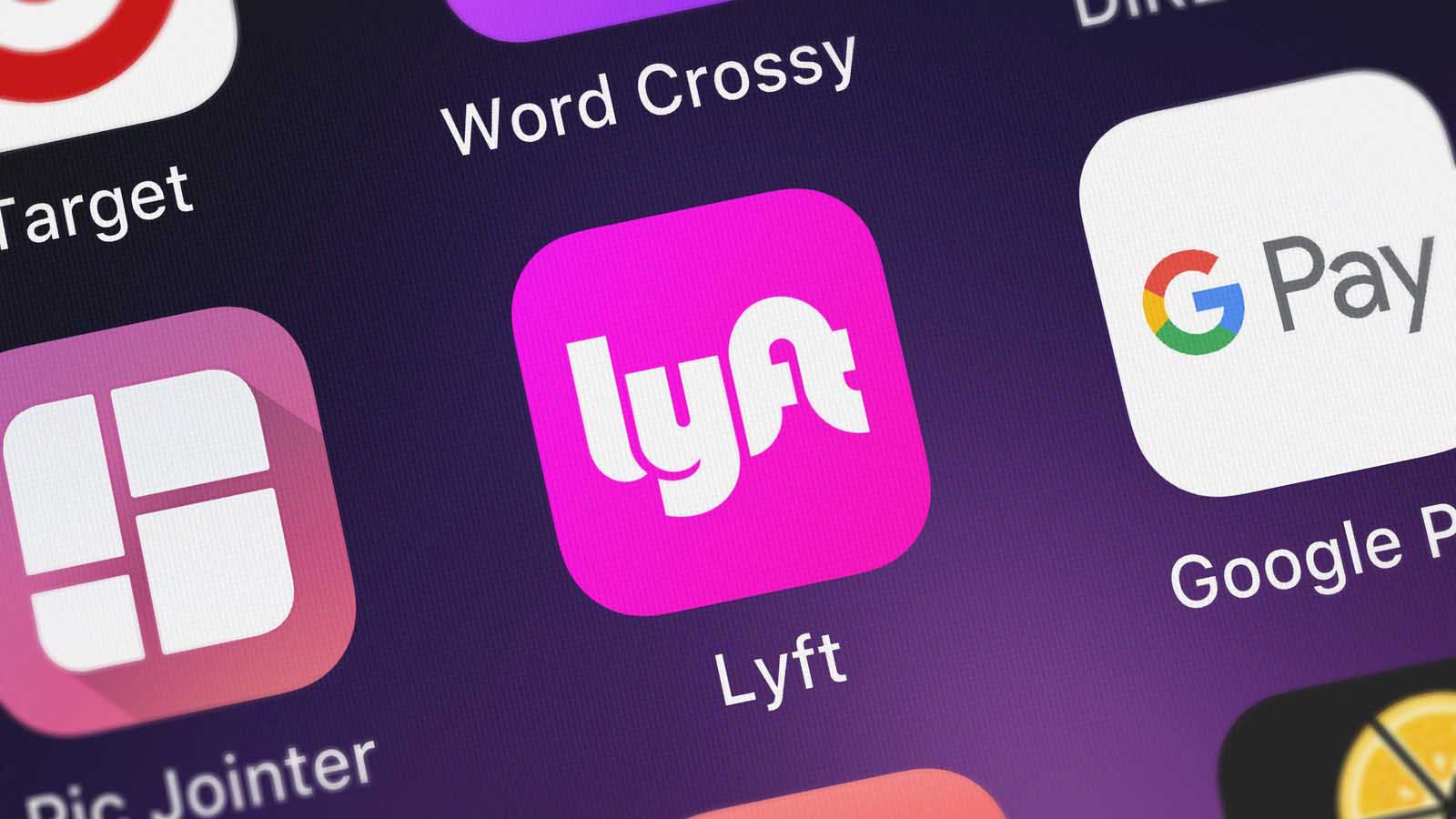One of the last things that anyone needs during a pandemic is a ride-sharing service, especially when travel is restricted and social distancing is the new buzzword. And that’s just one of the problems facing Lyft (NASDAQ:LYFT) stock these days.
Worse, Lyft isn’t even the leader in that space — the distinction belongs to Uber (NYSE:UBER), which thus has a better opportunity to weather the novel coronavirus downturn.
At best, Lyft stock looks like a highly speculative bet. Let’s take a closer look.
Lyft Stock at a Glance
Two months ago, Lyft was trading at better than $50 per share. Now you can have LYFT stock for almost half of that.
Lyft is down 37% so far this year, and that even takes into account a small rally that boosted LYFT in late March. But there is little momentum to push Lyft higher, and indeed, the headwinds are much more powerful.
In its most recent earnings report, Lyft reported a net loss of $356 million, which was at least better than the $463 million that it lost in the third-quarter of 2019. Revenue grew by 52%, but that was slower growth than Lyft saw in the previous quarter — another red flag.
The earnings per share loss was -$1.19 on revenue of $1.02 billion. Both of those actually beat Wall Street’s pessimistic estimates of -$1.39 per share and revenue of $984 million.
For the full year, Lyft guided for revenue of $4.575 billion to $4.65 billion, while Wall Street was expecting revenue of $4.59 billion.
Of course, that guidance was issued before the coronavirus shutdown. Competitor Uber says it has seen a 94% decrease in bookings since mid-February. Lyft, which is less diversified than Uber, is likely seeing similar numbers.
Headwinds Facing Lyft Stock
This one is a pretty obvious one — the coronavirus pandemic is being called the “Great Lockdown” and is expected to rival the Great Depression in its impact on the global economy.
More than 5 million people in the U.S. filed for unemployment last week, making a total of 22 million filings in the last five weeks. That’s a whopping 13.5% of the U.S. labor force.
To put this is more perspective — filings in the past five weeks are more than double the 8.6 million jobs lost in the Great Recession of 2008. And that decline played out over the course of two years, not five weeks.
Ordinarily in an economic downturn, you could expect people to turn to Lyft to earn some extra money in the gig economy. But not during a pandemic, when the vast majority of the country is living under some form of stay-at-home orders.
Ride-sharing competitor Uber is currently better positioned than Lyft because Uber at least has a food delivery function. It can still make money by having its drivers bring customers food from their favorite restaurants through the Uber Eats app.
Lyft doesn’t have such a feature and is just now starting to dip its toe into the space. In April, the company announced that it is starting a new on-demand delivery service in selected cities. That service will deliver groceries, meals, medical supplies and other essential needs to customers.
Lyft says its drivers can deliver for healthcare organizations, businesses, nonprofits and even government agencies, with payment coming from partner organizations, Lyft and venture co-sponsor, Mastercard (NYSE:MA).
About 120,000 drivers have signed up for the service, which would be available in Atlanta, Dallas, Houston, Indianapolis, Phoenix, San Francisco, San Diego and Seattle. It would also be available in Austin, Texas; Orlando, Florida; and San Antonio.
But the service, even if it rolls out nationwide, would be like putting a bandage on a leaking dam. Lyft is too late to the delivery game, with the space already carved up by Uber, DoorDash and GrubHub (NYSE:GRUB).
The Bottom Line for Lyft Stock
Fortunately for investors, Lyft should survive the coronavirus crisis. The company at one point had a valuation of $16 billion and that’s been cut in half, but it still has nearly $3 billion of cash on hand and total debt of only $470 million.
And because Lyft primarily works with contractors, it doesn’t have a big payroll to handle with lots of idle drivers. Lyft is even encouraging its drivers to go to work for Amazon (NASDAQ:AMZN) in the short-term as delivery drivers, grocery shoppers and warehouse workers.
But for investors, it’s not enough to just survive. People who hold Lyft stock want to make money, and there’s no real window to do that any time soon.
Lyft stock has a sorry D quantitative rating in my Portfolio Grader right now.
Louis Navellier had an unconventional start, as a grad student who accidentally built a market-beating stock system — with returns rivaling even Warren Buffett. In his latest feat, Louis discovered the “Master Key” to profiting from the biggest tech revolution of this (or any) generation. Louis Navellier may hold some of the aforementioned securities in one or more of his newsletters.

